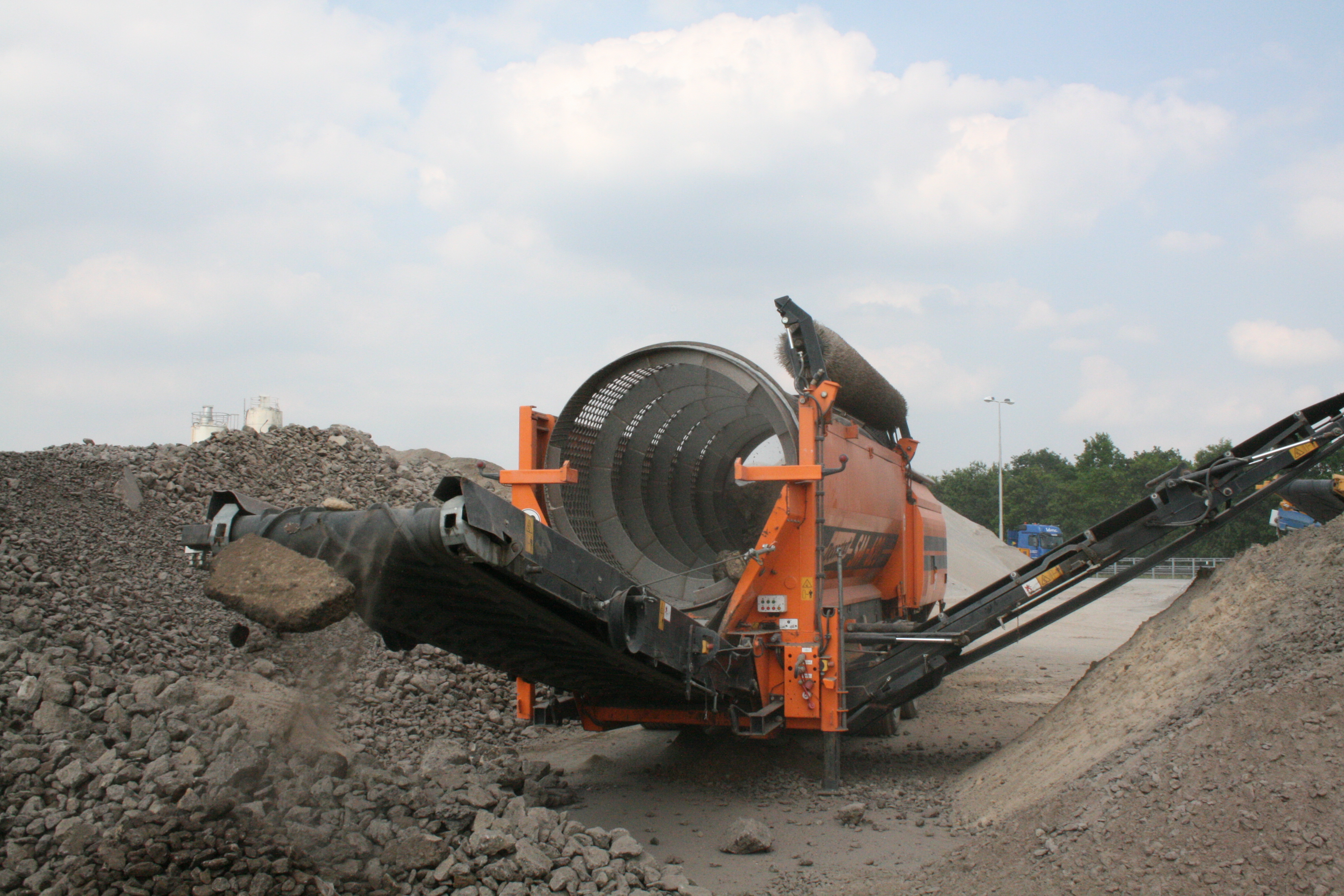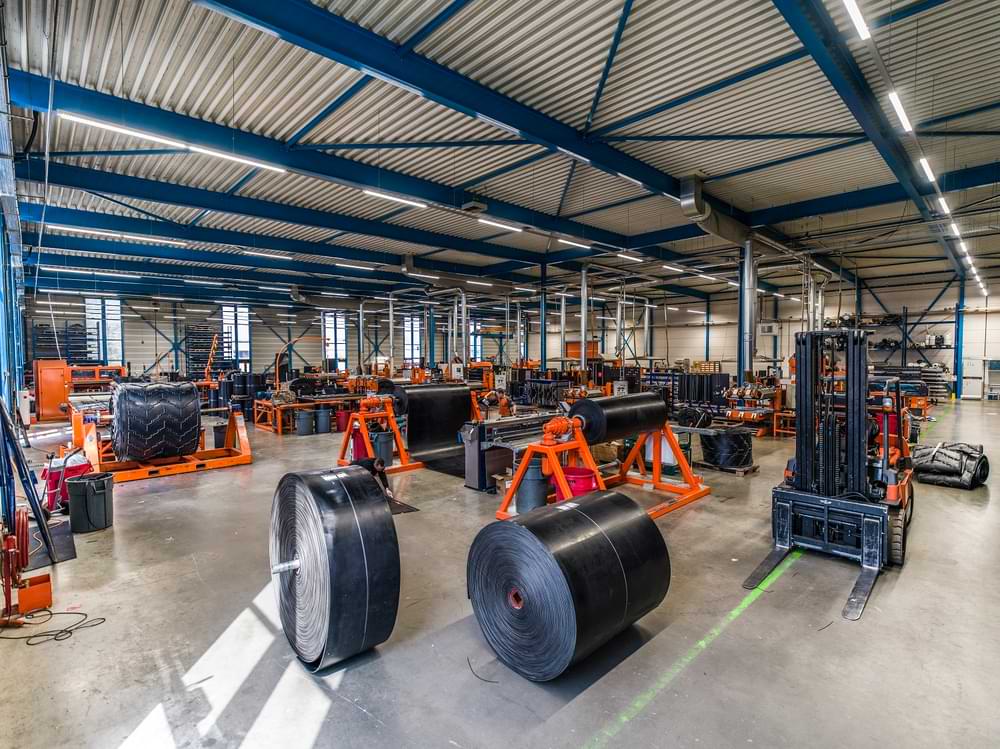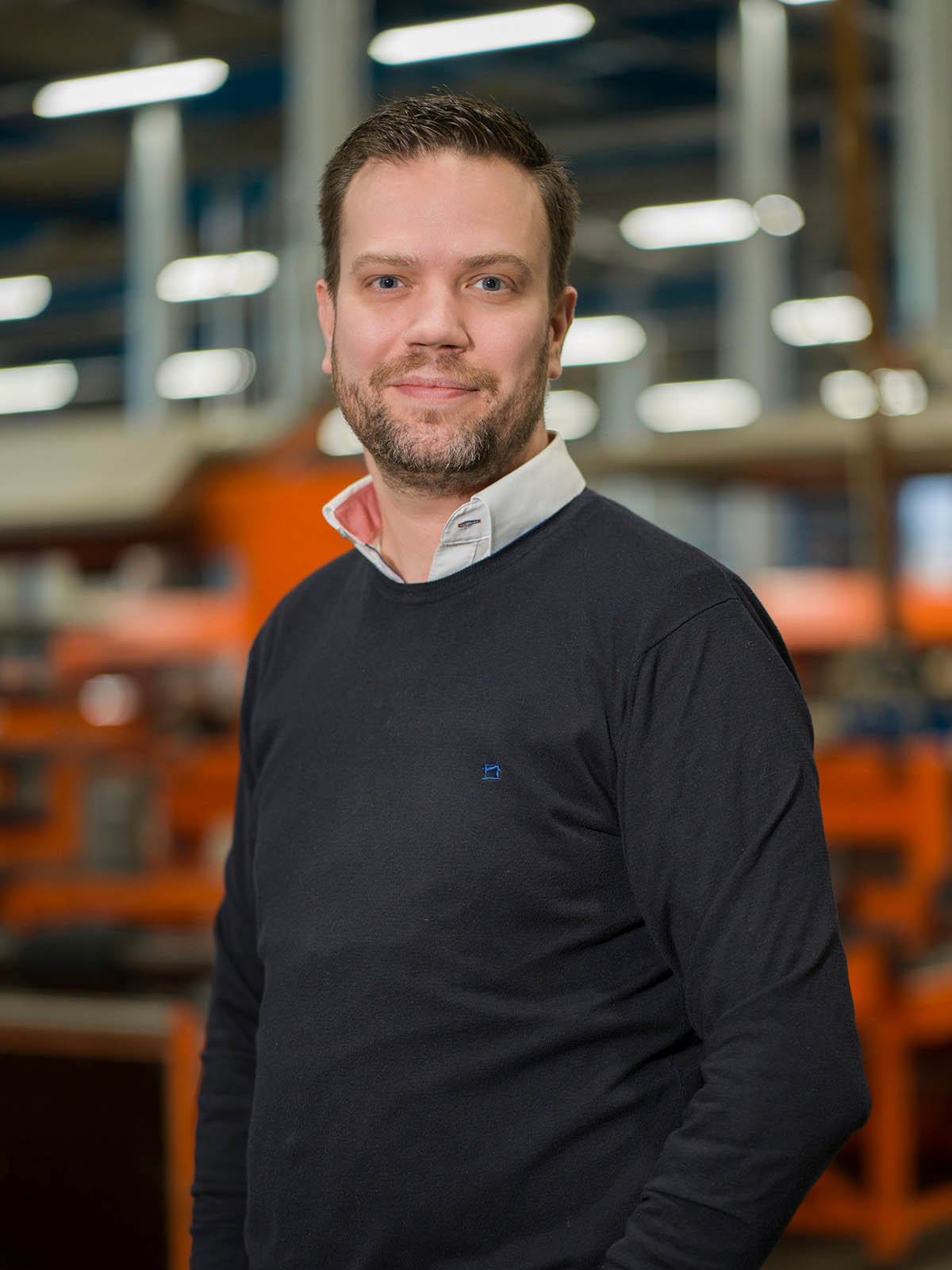prolonged lifespan of
conveyor belts
Constructing a mobile installation in the recycling industry often proves to be a challenge for the manufacturers. For example, the installation has to be as compact as possible and has to have as low a weight as possible. This will make the installation easily transportable, which means it can be transported along public roads. When creating a new installation there are a number of do’s and don’ts. In this whitepaper, we will share these points of attention, and how they may influence the longevity of conveyor belts. Tip 2 - Lay-out of the carrier/cassette
An important criterion for the layout of a carrier/cassette within a mobile installation is whether it is pushing or pulling. Due to the limitations within the mobile installations and the weight of the drive pulley, the choice is often made for a pushing installation. This allows the drive pulley to remain positioned low in the installation, and it’s also beneficial to counter weight issues. And by doing so, the cabling/hydraulics don’t have to cover long distances.
In a situation with a pulling system, the conveyor is directed better and it runs smoother. The tension is then located on the upper side.
Pulling situation, see video below:
A pushing installation often causes the conveyor belt to run around a bit, with possibly even some dragging issues, which needs to be guided with aids. In this installation, the tension
is mainly located on the return. Here one should be very careful with an overcompensation in belt tension, to improve the directing properties.
Pushing situation, see video below:
Another important focal point is the choice of the available tensioning range, including the basic belt and corresponding rack. The preload and the load of the product also play a part in this choice. It can lead to skidding in laden condition.
Tensioning range, see video below:
Installations such as this often have limited space, which means that a conveyor belt might be
at the end of its tensioning range quite quickly. Should it happen in the field during retensioning, the conveyor belt will start skidding on the drive pulley. This can be caused by too little belt
tension and/or a too heavy load.
To prevent this, a useful aid might be a snub pulley, located just before the drive pulley on the return. This increases the envelopment and creates more friction.
Guide rollers, see video below:
However, a snub pulley isn’t possible for all conveyor belts. Another aid might be pulley lagging,
consisting of rubber or another material. This increases the friction, which means less belt tension is necessary compared to an uncoated drive pulley. The manner of support of
the conveyor belt also for a large part determines the control characterists of the conveyor belt on the installation.
do you want to read more about to ensure a prolonged lifespan of conveyor belts?
Download HERE the whitepaper.
Together we create
Providing our customers with optimally performing conveyor belts is our mission. However, we do not only produce and supply conveyor belts, but you can also contact us for service, maintenance and conveyor belt parts.
Are you looking for the most suitable conveyor belt for your installation? Do you have other questions about our products and services? Contact us!









